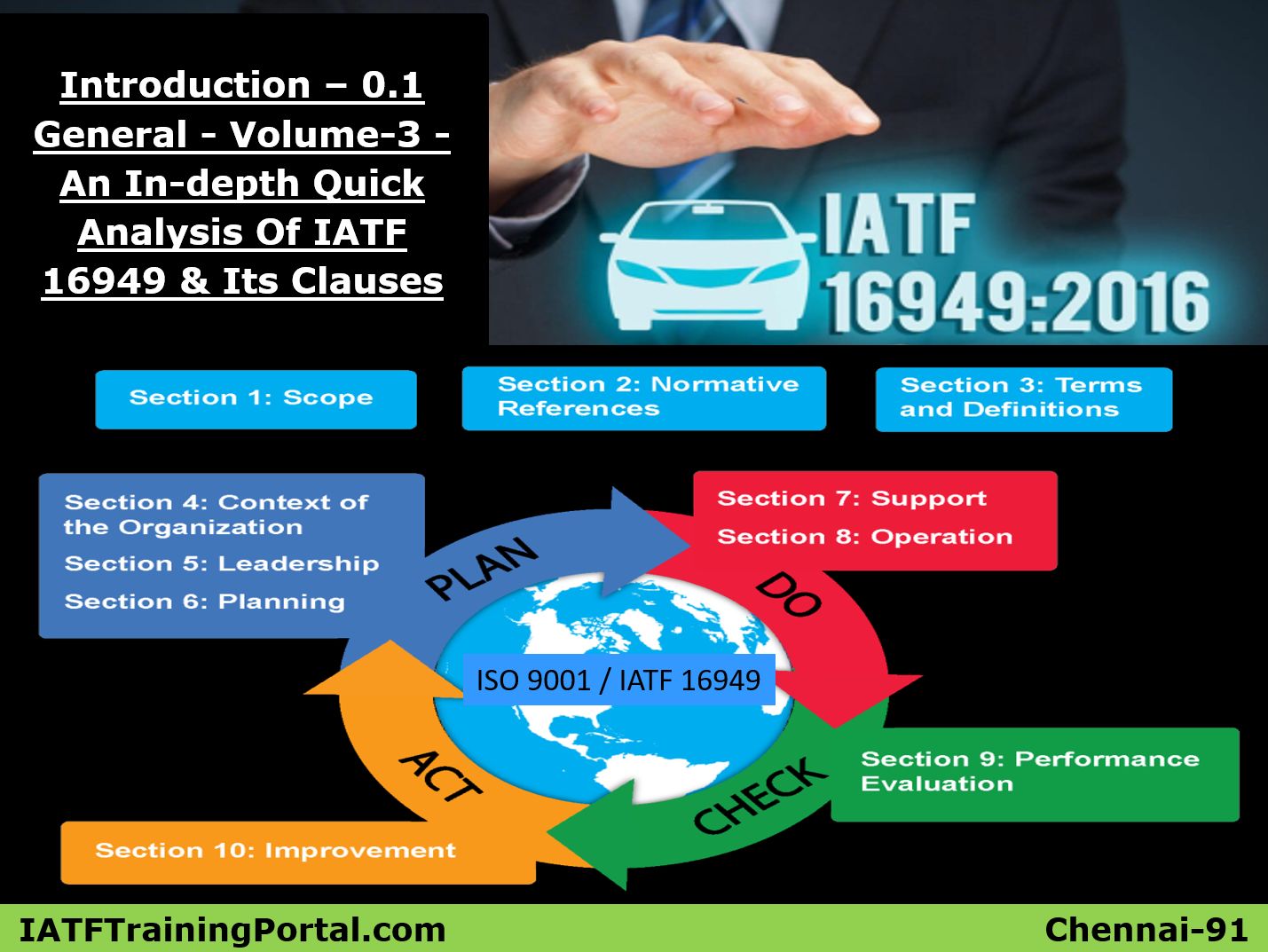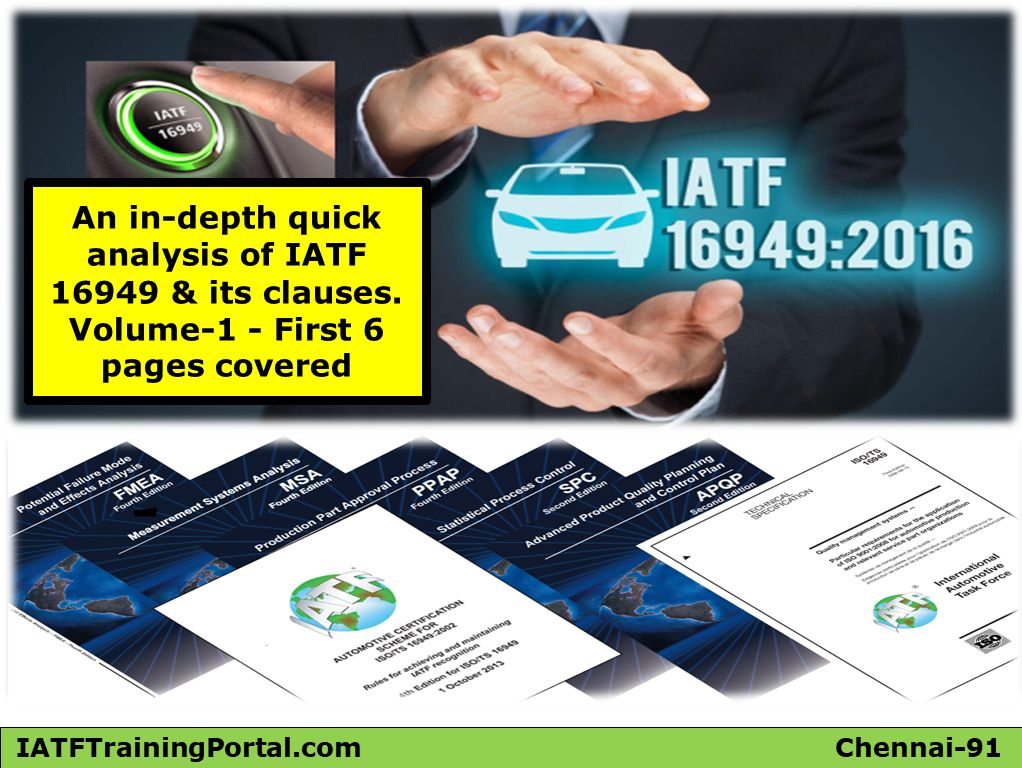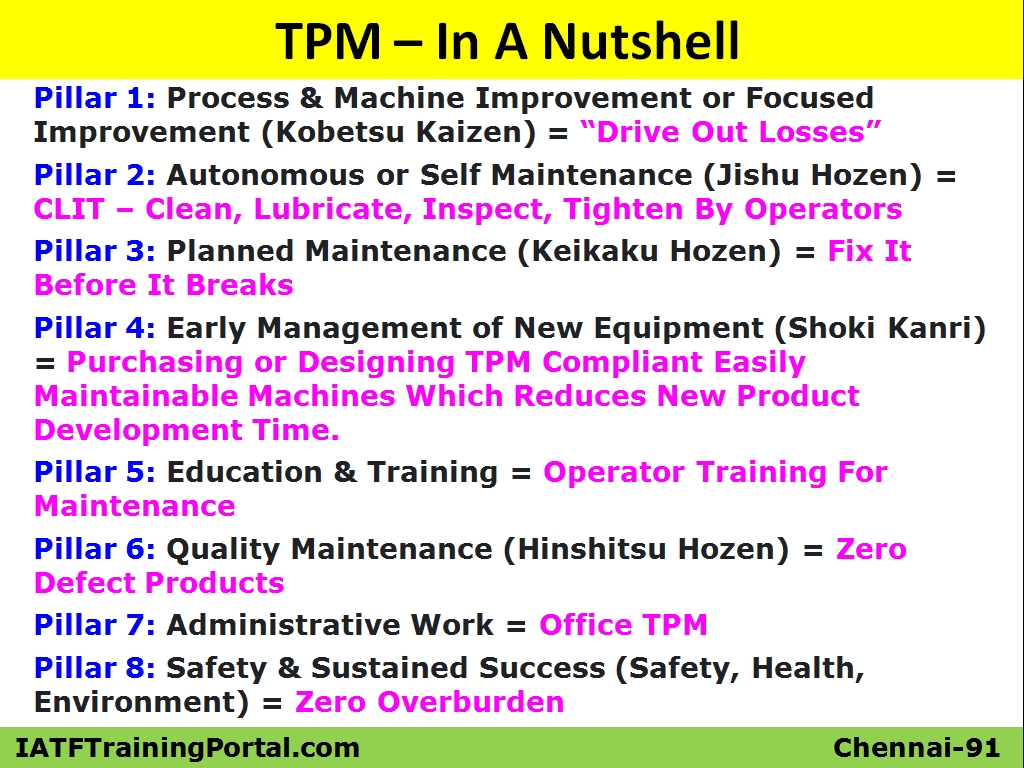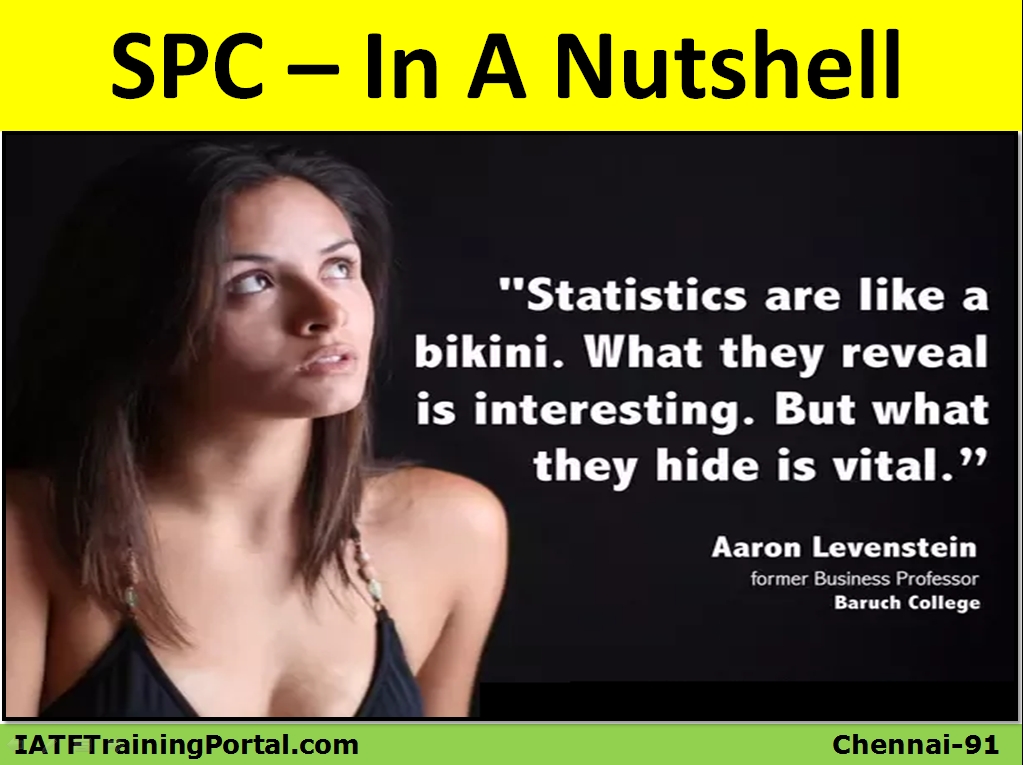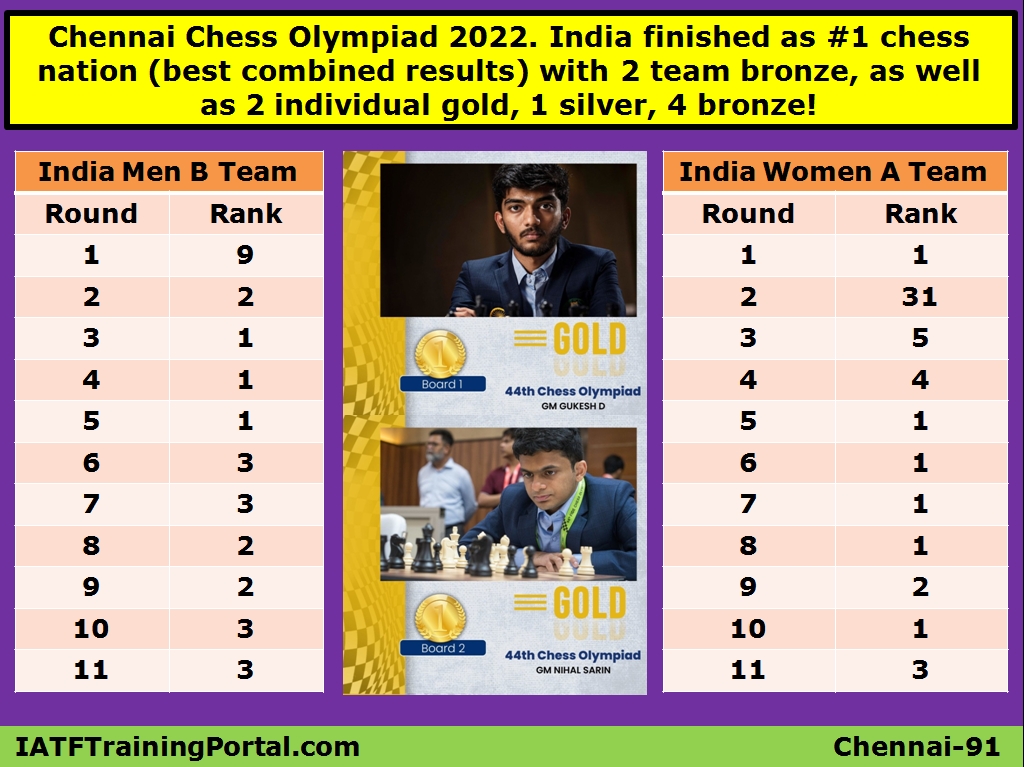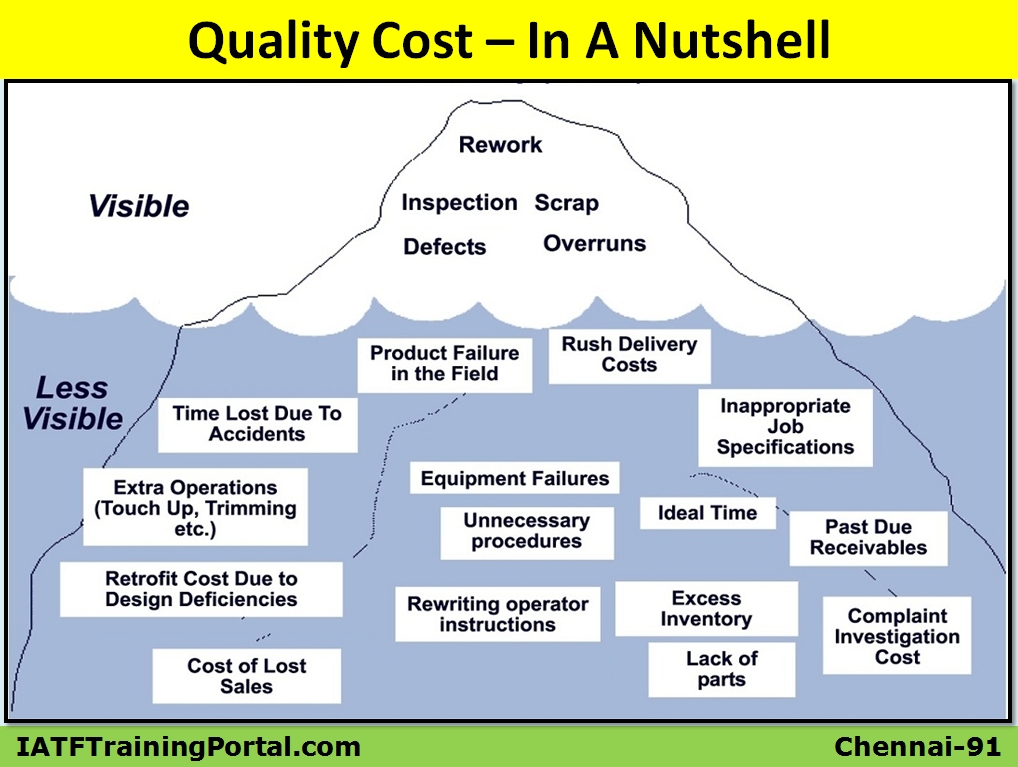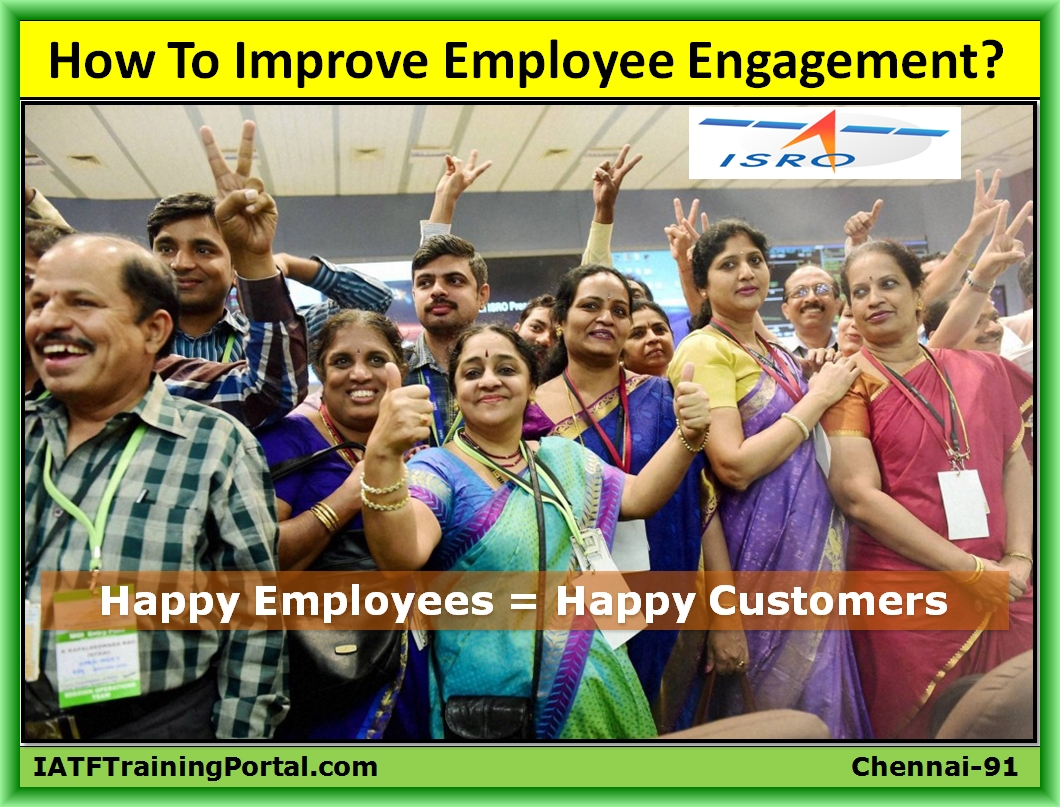
Significance of employee engagement
When employees are engaged, they are more likely to invest in the work they do which leads to high performing employees. Glassdoor research shows that on average, a 1star increase in company’s employee rating is associated with a 1.3star increase in customer satisfaction.
According to Gallup data, the overall percentage of engaged workers during 2022 is only 34%, down from 39% in 2021. In its “State Of The Global Workplace report”, Gallup concludes that “85% of employees are not actively engaged or (are) actively disengaged at work.” This means that only 15% of employees are actively engaged. Year over Year (YoY) this percentage remains same & does not seem to improve significantly.
The pandemic situation has further worsened the situation. Only 16% Of Employees Use Technology to Monitor Engagement. 90% Of Leaders Think an Engagement Strategy Has an Impact on Business Success, but Barely 25% Of Them Have a Strategy. This article is focussed on building a strategy to improve employee engagement.
How To Improve Employee Engagement?
To improve upon engagement levels, companies shall focus on all the below aspects simultaneously,
1) Employee Engagement
2) Employer Branding & Brand Strategies
3) Employee Surveys
4) Internal Communication & Strategy (Employee Communications)
5) Best Practices
6) Social Media
7) Digital Marketing
8) Marketing Communications
1) Employee Engagement
Employee engagement is the strength of the mental and emotional
connection employees feel toward their work, their teams, and their
organization. Engaged employees have a positive emotional attachment with their
work and talk positively about it to others.
1.1) Ten (10) Factors Influencing Employee Disengagement
1.1.1) Poor leadership – Leadership means not only the top man like Chairman, MD, CEO, COO. In a team environment each & everyone must exhibit leadership qualities required at their level to impress their team mates for a high level of performance. While working in Brakes India, I have observed even a casual labour was thinking & working upto the level of a GM at tough times when there is nobody available to guide him (mostly in 2nd & 3rd shifts when the team strength will be minimum, unlike general or 1st shifts). How they learnt to perform at such a high level when they encounter a problem at work? They have learnt it just by observing their peers, seeing how they handle such tough situations. Hence when leaders, lead by example, their team will be highly motivated & contribute significantly. There are lots of information available if you google about “types of leadership”, one can follow one of them or in combination or customize a style that suits them & their team. Result obtained will show whether your style is working or not.
1.1.2) Lack of feedback – Employees must receive constant feedback about their work & performance, even framing a daily, weekly, monthly feedback mechanism will work wonders. One sided feedback during appraisals yearly once will definitely bring huge setback as usually employees will be expecting huge favours, but managers & management’s views will be straight opposite to that.
1.1.3) Poor communication – Transparent, honest & continuous flow of communication between team leader & team members improves employee engagement.
1.1.4) Inability to grow careers – Employees tend to stick to companies where there is a chance to grow up the ladder. When i worked with Hinduja Foundries, a bigger motivation for all the employees was their present MD joined their company as a BE Fresher. Similarly when i worked in Brakes India, one of their VP joined their company as a BE Fresher, which was inspirational to all the employees. In all such companies, all the employees know that if they can perform like them they can reach highest level in their respective companies. Companies can also provide a clear cut career road map for all their employees based on their qualification, experience, skill sets, performance & results. Such a career roadmap will help them to understand what needs to be done to grow their careers. This will definitely help them to stick to their companies & perform better.
1.1.5) No or poor recognition programs – Recognition can be in various forms & mostly it can be non-monetary, yet people enjoy it. In online chess platforms various chess servers like Lichess, Chess.com, Chess24.com, FIDE Online Arena etc are operating. Out of these Chess.com has lots of awards, rewards & recognition (all are non-monetary) schemes which makes people to work for it & earn those. Once they earn these awards, rewards & recognitions, all these details are displayed in their profile summary. Though other chess servers also have such schemes, chess.com have more attractive schemes & players love it & likes to play more in chess.com. Companies also can have such award, reward & recognition schemes to constantly motivate their employees on a daily, weekly, monthly, quarterly, half yearly & yearly basis.
Such recognitions can also be displayed in their uniform like police display their service ribbon or medals in uniforms.
1.1.6) Dissatisfaction with pay and benefits – This is a complicated part & some basic analysis need to be done here keeping in mind “Maslow’s hierarchy of needs” & pay structure of competitors & other companies with the similar turnover. Additional benefits or welfare activities makes the life of employees easier. I will list few employee welfare activities which companies having strong HR practices like TVS groups adopt to help designing the best practices which may attract employees to stay longer & serve better to achieve the vision of the companies,
1) Homes at subsidised rates to selected employees in exclusive community gateways developed by the company
2) Loans for purchasing two wheeler, four wheeler in tie-up with banks
3) First time gas connection at subsidised rates in tie-up with local gas agency
4) Best breakfast, lunch & dinner at subsidized rates
5) Club with tennis, badminton, cricket, football courts with attached evening canteen to spend time in the evening
6) School for employee children where public also can admit their children
7) ITI level course for employee children who score less marks in 10th whom have a guaranteed job in their own companies. Public can also admit their children here.
8) High quality treatment in company owned hospital at lesser rate for employees & their families
9) Grocery at lesser than market rate in company run grocery shop where public also can purchase
10) Textile sales at lesser rate during pongal, diwali
11) Crackers at lesser rate during diwali
12) Annual tennis ball cricket tournament between group company teams
13) Encouraging bride groom selection in between employees
14) Company magazine circulated to all employees
15) Evening snacks while leaving the company
16) Annual cash prizes for best Kaizens released on Ayudha Pooja
17) Jobs to kith & kins of land owners who sell land to company at nominal rates
18) Best “on the job training” & “supervisor & above training”
19) Company cars for official & personal use for Manager & above category
20) Buses for daily pick up & drop from prominent locations
21) First preference for admission of employee children in nearest reputed colleges where the company signup MoU to select their students via campus interviews
22) Company tours during vacations with employee families
23) Part time (wfh) earning opportunities to employees house wives who have technical capabilities.
24) Whole hearted financial & moral support during tough times like accident, major surgeries for employees & their family members
25) Gifts for birthdays, anniversaries, engagement & marriages
26) Ayudha pooja gifts
27) Maximum bonus amount during diwalis with additional gifts
28) Scope for promotion once every 2 years for high performing candidates
29) Office uniforms, Shoes provided every year
30) Support in between employees for micro businesses run by employee families (like home made soaps, pickles, tailoring etc)
1.1.7) Lack of necessary resources – Resources can be categorised into 7Ms i.e, Men, Machine, Material, Method, Measurement, Mother Nature (environment), Money. Team leaders & HRs must ensure all these resources are provided properly.
1.1.8) Lack of sense of purpose – Moksha is the vision (or ultimate objective) for humans, like this employees need to be tied to their respective objectives & these objective needs to be tied to the vision of the business. When this happens, employees will feel the “sense of purpose” of their work. Otherwise they will be following up some routine like headless chickens.
1.1.9) No alignment with company’s goals and objectives – Vision must be the final destination of the company. Mission must be what will be done in next 5 years that will take them nearer to Vision from the present situation.
Vision, mission must generate department objectives. Department objectives have to be split into individual objectives (KPIs). So when individual’s achieve their KPIs, it will help departments to achieve their objectives. When departments achieve their objectives, it will help to achieve mission. Slowly, steadily this kind of working culture will help business to achieve its Vision or Business Excellence. Without these clear cut linking of Individual to departments to mission to vision, there will be no clarity for individuals & teams, everything will be totally directionless.
1.1.10) Lack of interest in employee well-being – Work life balance that ensures Physical & Mental wellness of employees’ impacts engagement. Companies can encourage yoga practices among employees which will easily & quickly address this aspect. Doing “Shambhavi Mahamudra Yoga” alone for 5 to 30 minutes daily will provide greater results in an individual & it will improve team work significantly. The EEG study on “Shambhavi Mahamudra Yoga” also showed higher levels of coherence between the right and left sides of the brain. This greater whole brain synchronization leads to greatly enhanced mental capabilities like better learning ability, increased creativity, heightened mental clarity, and sharper intellect. One can easily learn “Shambhavi Mahamudra Yoga” in 2 days. There are many more yogas one can learn to improve individually & improve individual contribution in a team, but as a bare minimum level one can try “Shambavi Mahamudra Yoga”.
1.2) Five 5 Powerful Steps To Improve Employee Engagement (Asper Forbes)
Step 1 – Put Everyone in the Right Role – There is a Thirukural (no.517) that says
இதனை இதனால் இவன்முடிக்கும் என்றாய்ந்து
அதனை அவன்கண் விடல்
which means “After analyzing carefully whether this person can do this work using these (resources), assign him that work”. Proper assessment is necessary before assigning the roles & responsibilities. Simply right person for the right job ensures a win-win situation for employee & management.
Step 2 – Give Them the Training – Nobody can select a tailor made candidate who will be a 100% perfect match for a job. There will be 30% to 50% gap from expected roles & responsibilities. Continuous “Training on the job” is necessary to scale-up performance levels. Improved performance improves success & ensures good level of engagement.
Step 3 – Task Meaningful Work- Task Management is vital. This has to be software driven. Anyone can assign any task to anyone within the team & in-between the teams. The assigned task has to be accepted by the receiver, if not accepted it goes back to the person who assigned. Once accepted the receiver has to complete the task within the target date. When tasks are not completed within target dates suitable escalations within the team & in-between teams have to be enabled. All such tasks have to monitored & attached to the performance & appraisal of the employees. All such tasks must be tied up to the company’s vision, mission, department objectives & individual KPIs. This helps everyone in the team to schedule their work seamlessly based on the pending tasks & their priorities to ensure high performance, delivered.
Step 4 – Check in Often – Daily, weekly, monthly reviews helps to measure gaps in performance & take recovery actions quickly. The days of simply relying on mid-year reviews for providing feedback are long gone.
Step 5 – Frequently Discuss Engagement – Frequent discussion between team leaders & team member within the team & in-between the teams ensure greater financial returns, surpass competition and easily climb to the top of “the best places to work” lists.
1.3) 3Cs of employee engagement - Career, competence and care
Instead of offsite parties and picnics, birthdays and anniversaries, cricket matches, quizzes and painting competitions, cultural festivals, Friday bashes etc., these 3Cs are vital for improving the employee engagement. Give employees a confirmed career road map filled with lots of growth opportunities like increments, revisions, promotions, rotations, assignments & you can feel the difference. Competence is the ability to bring success through qualification, experience & skills. Employees who know that their current jobs are helping them to become competent for their future, in the existing jobs or future jobs will stay engaged. Caring is experienced by the small day-to-day gestures of managers as well as everyone involved in the company. Motherly care is the benchmark, such a caring culture need to be built-in as a culture across the company.
1.4) Pillars or components or drivers of Employee Engagement
1.4.1) Executive support and participation - Leaders shape employee beliefs and behaviour. Leading by example helps everyone to follow the suit. Leaders must constantly communicate with their employees.
1.4.2) Build trust – Strong foundation for any team is TRUST. Building trust is not easy as people do not trust each other so easily. It takes times & continuous consistent effort to build trust. Building trust is everyone’s job right from driver, cleaner & upto Top Management. Enabling all aspects listed in this article will help to build trust within employees & between employees.
1.4.3) Providing the information they need to succeed - The ability to quickly and easily access the content needed to get the job done helps employee’s to be successful.
1.4.4) Feel valued – Make everyone feel they are valued by everyone in the team. Listening, involving in decision making, enquiring about health & wellbeing, implementing good suggestions will help to make employees feel they are valued.
1.4.5) Show Care - Caring is experienced by the small day-to-day gestures of managers as well as everyone involved in the company. Motherly care is the benchmark, such a caring culture need to be built-in as a culture across the company.
1.4.6) Recognize & appreciate – See 1.1.5. No or poor recognition programs
1.4.7) A sense of belonging (part of a greater cause) – See 9. No alignment with company’s goals and objectives
1.4.8) Surveys – See “3.Employee Survey”
1.4.9) Aligning employee goals to business goals - See 9. No alignment with company’s goals and objectives
2) Employer Branding
Employer branding is the reputation of an employer with their workforce. Employer branding is how you market your company to job seekers and what employees say about your company as a workplace. 86% of workers would not apply for, or continue to work for a company that has a bad reputation with former employees or the general public.
2.1) Employer Branding Strategy
2.1.1) Unique Value Proposition: Think of what makes working in your company unique? Build a unique value which cannot be acquired anywhere which will make employees proud of being associated with your company.
Unique vision, mission & objectives must create a long lasting impact to create a powerful employer brand. When employees feel that they are part of a greater cause (like ISRO) their self esteem will be high which will make them feel proud about their company.
2.1.2) Self evaluation or audit to understand brand value: Ratings given by your customers, suppliers, ex-employees in various social media pages will help you. See your ratings in Glassdoor, Google maps, Naukri, Shinejobs, Monster, Linkedin, Facebook or hire a firm that administers reputation monitoring.
2.1.3) Brand Line or Tag Line: Build a strong brand line or tag line. Few examples of well known brand’s tag line are given below for understanding,
Brand line will evoke passion in potential candidates by expressing your company's positive & its deeper purpose. People want to feel their work is meaningful, often even compromising on salary.
2.1.4) Voice of current employees: Capture the voice of your current employees & display it on your website & social media pages. Potential candidates will love it & it may pull them towards your brand. During campus interviews, i have seen they bring their present employee who is an alumnus of the same institute. They make them give a pep talk prior to interviews. This helps a lot in evoking passion to work for your company by potential candidates.
2.1.5) Strong on-boarding & induction program: First impression is the best impression. Hence make the on-boarding & induction programs very powerful. Ensure newly joined candidates meet only selected set of people who have very high reputation for the company. I have seen in my experience, there will be a group of people waiting inside the company to de-motivate newly joined people & make them run away. During induction ensure all the departments co-operate adequately to ensure very good experience for the newly joined candidate. If on-boarding & induction programs are well designed, it ensures the candidate serves for a longer period. Even after resignation, such employee will never speak anything bad about the company to anyone till he survives. He will always speak positive about the company to his friends, relatives & colleagues, this will consistently improve the image of the company forever & ever & ever.
2.1.6) Fix repetitive tasks & boring work: In 2018, the number one reason people left their jobs was because they were bored, and needed a new challenge. Use Robotics, Automation & Artificial intelligence to fix such repetitive & boring tasks. Use existing workforce for higher tasks by improving their skill levels through learning & development.
2.1.7) Company history: Communicate the history of the company to everyone including your work force by using videos, photos, slideshows, blogs, and text. This helps people to stay connected. Businesses don’t die in one jenma (one birth), it carries on & on for a longer period. Hence people can connect themselves at a respective point in this long never ending journey. Presently the 5 world oldest company still in operation are,
1) Kongo Gumi - 578
2) Tuttle Farm – 1632
3) Lloyd’s – 1686
4) Consolidated Edison - 1823
5) IBM – 1911
People always prefer to work in longest surviving companies rather than working in new ventures.
2.1.8) Diversity & Inclusiveness: Stephen Covey once said, “Strength lies in differences, not similarities”. Diverse & inclusive teams help in building innovative ideas, a stronger workplace culture, and better customer service.
3) Employee Surveys
Employee survey measure employee sentiment, identify causes of disengagement & take data-backed actions. Listen, diagnose & act.
The three most common types of employee surveys include
1) Employee opinion and satisfaction surveys,
2) Employee culture surveys, and
3) Employee engagement surveys.
There are readymade softwares available in the market to conduct confidential employee surveys & take effective actions. Building a customized employee survey software or purchasing a readily available software is the best option rather than trying traditional methods of employee surveys.
4) Internal Communication & Strategy (Employee Communications)
Communicating effectively is crucial to improving employee engagement, organizational culture, and performance. 85% of employees are most motivated when the internal communications are effective.
4.1) Five Types of Communication
4.1.1) Verbal Communication - Verbal communication occurs when we engage in speaking with others. Tone & tenure is key to convey our intent to the person we are speaking with. By carefully choosing how we use each of these aspects, we can be sure that our message is received exactly as intended. Verbal communication helps in our work lives in a massive way.
4.1.2) Non-Verbal Communication - What we do while we speak often says more than the actual words like facial expressions, posture, gestures, physical touch & eye contact. By learning more about how we use non-verbal communication, you will be better able to master yours and ensure that you are conveying your message exactly the way you wish to.
4.1.3) Written Communication – Effective written communication needs structure, clarity & content. Effective communication by writing is a massively important skill, especially as more people are working remotely and keep in touch throughout the workday through Skype, Slack, or other digital mediums. In fact, as we increasingly rely on written communication, we are all faced with just how easy it is to create misunderstandings when using this medium. If you sense that there is a miscommunication happening, or just starting, nip it in the bud with a quick verbal chat and you’ll save a lot of time and frustration for all parties.
4.1.4) Visual Communication – Visual communication has become vital in the modern digital era. We use emoji to communicate most of the times than using words. That is the power of the visual communication. When we travel all the travel signals are visual, as visual communication can be grasped quickly. visual communications like charts, photographs, sketches, video, graphs, emojis and GIFs, can help improve the understanding of your message. These can be widely & cleverly used within the team, in-between teams & in social medias to communicate effectively.
4.1.5) Listening - The act of listening does not often make its way onto the list of types of communication. Active listening, however, is perhaps one of the most important types of communication because if we cannot listen to the person sitting across from us, we cannot effectively engage with them. Without listening, it is impossible to assess receiver, which makes it difficult to achieve a win/win outcome.
4.2) Internal Communication Strategy
An internal communications strategy is important because it strengthens the connection between employees, employers and the company vision, mission & objectives. An effective internal communication strategy will inform, engage and improve your organization.
How to Create an Internal Communications Strategy
1) Where Are You Now?
2) Where Do You Want To Be?
3) How Will You Get There?
4) How Will You Know If It Worked?
4.3) Communication Best Practices
Communication best practices are targeting messages to specific audiences, optimizing content for different device types and correctly aligning messages with channels. The channel selected should be appropriate for the audience and the criticality of the message.
5) Best Practices
Organizational Practices are the behaviours and actions of employees. Aligning employees’ daily work habits to the core values to your culture is vital. Practices are one of the Five Ps of an organization. To clarify, the Five Ps are: Purpose, Philosophy, Priorities, Practices and Projections.
Best practices are bench mark practices, in cricket best moments are captured in detailed way & top performers are honoured & projected as a challenge to upcoming players. Some new players keep on trying to break the benchmark & set new standards. Likewise in company atmosphere & culture, best practices can be captured & benchmarked.
For example in a factory many production lines will be running. Daily output will differ based on various 7M combination. The best output achieved sofar & the 7M combination existed on that shift will be benchmarked & displayed in that shop. This becomes a motivation to achieve the same level or closer to that & there will be a continuous competition to break that level.
Benchmarking best practices can be done for all activities like in-time, out-time, total hours worked etc. It is also suggested not to decide benchmarking just by using one index like in-time alone. If in-time alone is considered, someone will be coming on-time consistently, but he may also leave on-time. Here if out-time & total hours worked is also considered, it will be more meaningful.
6) Social Media
Below is the list of Top-10 social media based on user count. Social media can be used to build reputation of the company. As it reaches a larger group of people in the community, it will help to attract potential candidates also. Also it will serve as a motivation to existing employees, as when someone asks them “Where are you working?” & if they say the company name, the person who asked must already know the company. In such a situation if the company is an unknown one, it will be a little bit embarrassing for both. These are small things, but a very big motivator.
1) Facebook – 290 crores
2) YouTube – 220 crores
3) WhatsApp – 200 crores
4) Instagram – 200 crores
5) TikTok – 100 crores
6) Snapchat – 54 crores
7) Pinterest – 44 crores
8) Reddit – 43 crores
9) LinkedIn – 25 crores
10) Twitter – 22 crores
7) Digital Marketing
Marketing is a field that is constantly evolving. Out of the various types of marketing, digital marketing is the latest trend. Digital marketing, also called online marketing, is the promotion of brands to connect with potential customers using the internet and other forms of digital communication. Digital marketing helps to build the reputation of the company with public which inturn helps build reputation of potential candidates & present candidates (as everyone will know their brand).
Digital marketing can be broadly broken into 8 main categories including:
1) Search Engine Optimization,
2) Pay-per-Click,
3) Social Media Marketing,
4) Content Marketing,
5) Email Marketing,
6) Mobile Marketing,
7) Marketing Analytics and
8) Affiliate Marketing.
8) Internal Marketing Communications
In a nutshell, internal marketing is the promotion of a company’s vision, goals, culture and mission statement within the organization. What you cannot market to your internal team (internal customers), you cannot market it to the external customers.
Employee engagement isn’t just management’s job, or HR’s job, or the employee’s job. It’s an intricately connected ecosystem that, when managed properly, results in higher productivity, better job satisfaction, increased revenue and an improved customer experience. Internal marketing communications is the glue that holds it all together.
Internal marketing is just as important as external marketing when it comes to motivating and engaging employees into the company and their work.
Internal marketing, when done right, ensures that your employees are providing high-quality service to your customers and helping the company grow and prosper. One of the key components of internal marketing is to have an effective internal communication in place.
The idea behind internal marketing is to earn employees’ enthusiasm by creating an emotional connection to the brand.
Thanks for spending your valuable time here. Keep in touch, keep following & keep supporting us.
Thanks & Regards,
Devarajan NR,
Chairman – JBEGlobal.com Job Portal & IATFTrainingPortal.com (Since 2013) Past – Delphi TVS | Rane | Brakes India |
Iris Mfg. (Shriram Group) | Hinduja Foundries | IRS (IRQS) | 9362439124 | devarajan.jupiter@gmail.com


